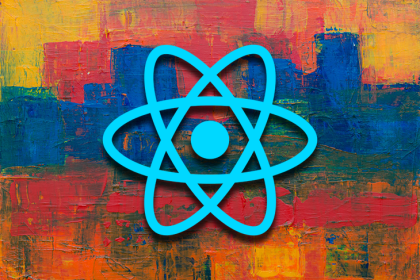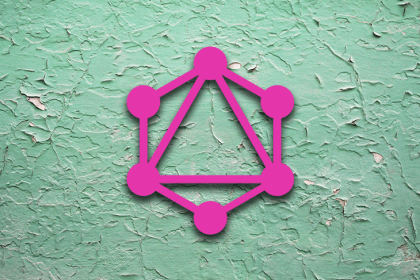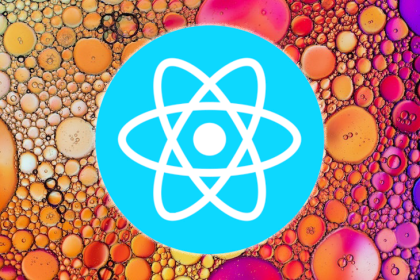
There are many options for building collapsible accordions in React Native. Learn about where and when to implement them in this tutorial.

Insomnia is an API client for designing, debugging, and testing APIs. In this article, we’ll learn how to debug GraphQL APIs using Insomnia.

Sprint goals are an essential element of the product development lifecycle because they help the team focus, enable self-organization, and frame expectations across organizations.

React Router is a great tool, however, with the arrival of Hooks, a lot of things have changed. React Hooks offer a cleaner and more flexible way of handling routes in smaller projects.

Liberating Structures, such as 1-2-4-All, are microstructures designed to help everyone produce better results within a short amount of time.

CSS minification is an optimization best practice that can deliver a significant performance boost to web app users.

Learn how Histoire, a Vue-focused Storybook alternative, can help you illustrate your different development patterns and more.

Lifetime value is one of the most important metrics for subscription-based/SaaS products. Learn how to calculate LTV and see how you can use it to make better product decisions.

Create a dynamic QR code generator in the Vue framework that allows you to better brand and customize codes for users.

See how Contentful and Gatsby can be paired to deliver a modern, rich experience for building a headless CMS, including dynamic previews.

Fetching and manipulating data without using a global state was something out of the ordinary. TanStack Query gives us this opportunity.

For organizations that weren’t “born agile,” undergoing an agile transformation is no longer optional but critical to remain in the game.